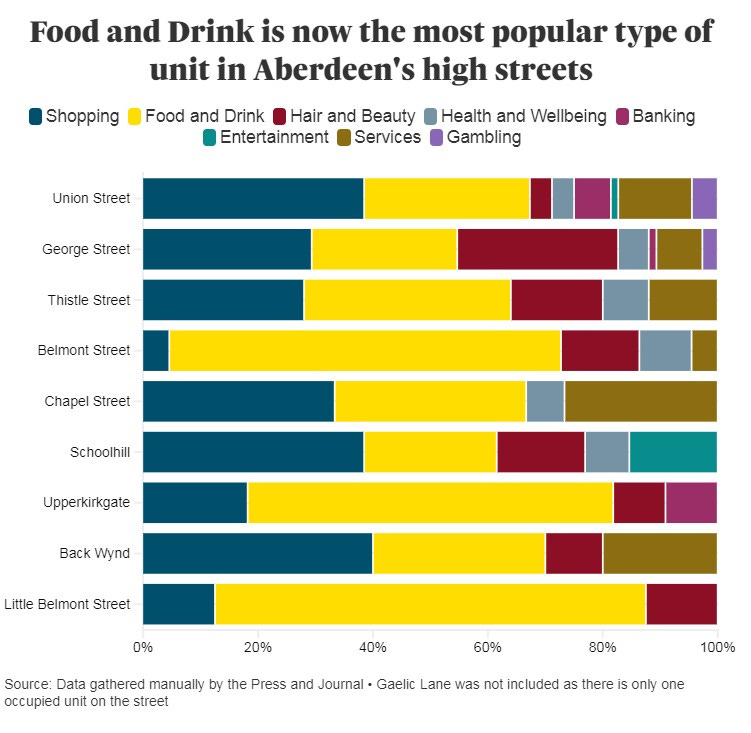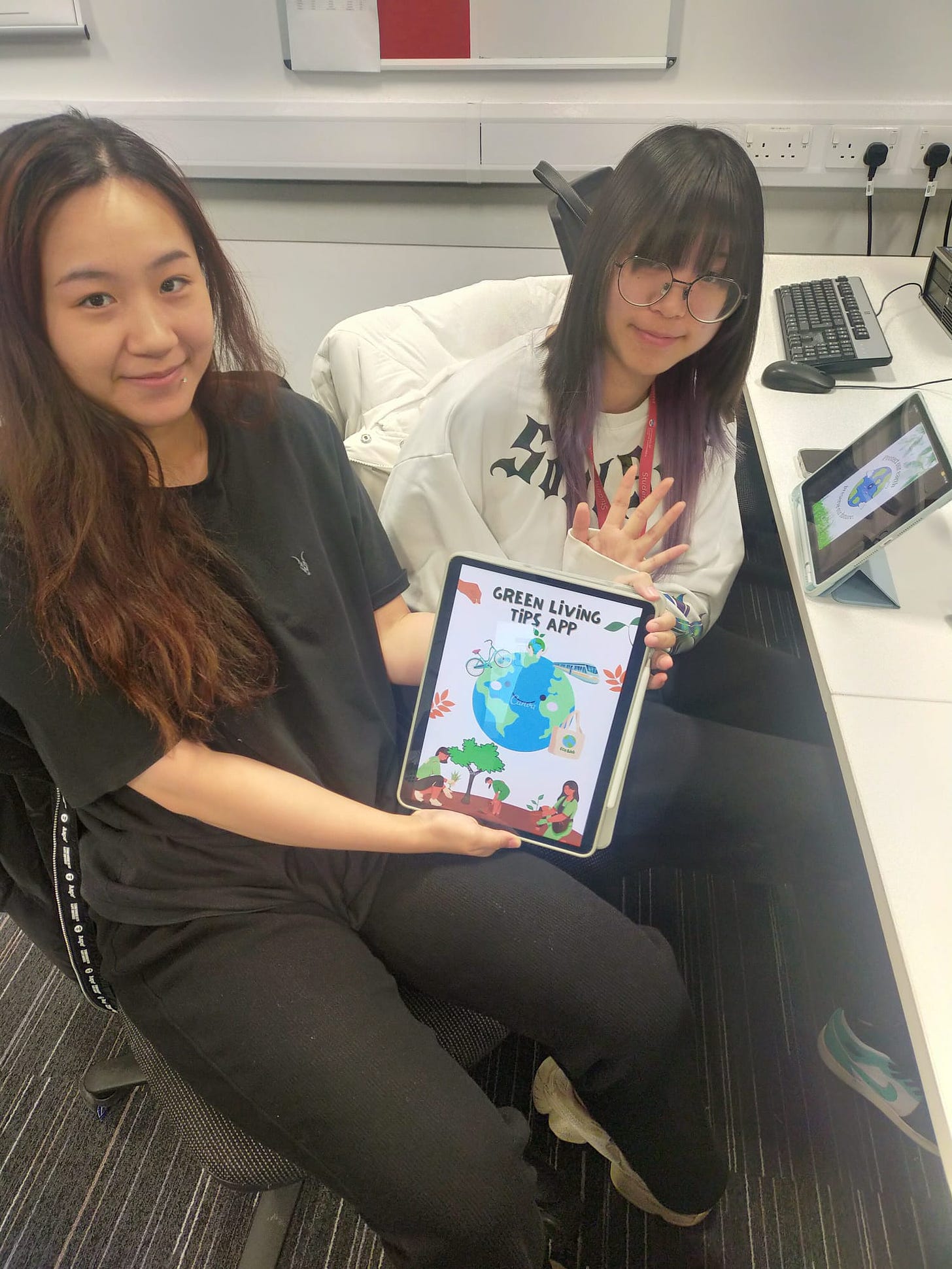What I've Been Reading: Facebook News tab goes, data journalism from the streets of Aberdeen + campaign urges action to stop abuse towards women journalists
And how some talented students came up with new news products for climate and the environment in just 90 minutes
Good evening,
A later digest today and something a bit different further down as I’ll share some learnings from running a mini-sprint process with the journalism innovation students I’ve been teaching on a Tuesday afternoon at the University of Central Lancashire.
First up and into the digest…
Why publishers say Facebook News tab disappearing will have little impact on their social strategy - Sarah Guaglione, Digiday - this casts open the minimal impact and usage the Facebook News tab ever had, but also presents some reasons for optimism as I’ve certainly seen that stories shared into Facebook groups are still able to receive significant engagement and audience. I think, as one of the publishing execs quoted says, we will see news find itself still within the main feed but perhaps relying more on individuals choosing to share news links instead of news organisations themselves trying to push it there. And that goes back to needing to build a more direct connection with audiences. Also, a very interesting stat from The Guardian’s US audience director that just 2 per cent of their audience is from Facebook.
There’s still a large number of people on Facebook, so it should still be part of a social strategy but not the over-riding platform dictating publishing decisions. Distribution now is a multi-headed beast, with LinkedIn, WhatsApp, X, and many more all needing maintaining and requiring their own conventions for posting.
Aberdeen city centre: Data shows food and drink outlets now outstrip shops - Emma Morrice - I thought this was a really smart example of using data journalism to tell a news story and give readers context. The Press & Journal has been collecting its own data about the types of types of shop/unit usages on key streets in Aberdeen and also how many are empty compared to occupied. They’ve built up their own exclusive data set and means they can now do comparisons against the historical data.
One of the charts created by the P&J’s data using Datawrapper
Plus there are deep-dives on which unit has been empty the longest, what’s actually in the main shopping centres, and how different types of shop e.g. mobile phone shops are exploding in terms of the number of them. And they are encouraging readers to submit data and help keep an eye on the situation. What a smart way of putting the focus on an issue, owning a story and indirectly applying scrutiny and pressure to all organisations, and landlords, over the state of Aberdeen’s main streets.
Open letter calls for a change in response to online abuse of women journalists - Journalism.co.uk - it is unacceptable how female reporters and editors are abused on social media, and the lack of action that is taken to stop it by platforms and authorities. I write from the position of being a white, male, media professional and it saddens me that if I were a woman and have done the roles I’ve done then I’d almost certainly faced more abuse and negative comments. That’s not on. I’ve seen first-hand what so many female colleagues, present and past, have faced and had to deal with some of those situations. This is a really important campaign launched by Women in Journalism and I whole-heartedly support it and all those involved in calling for change.
And finally, I thought I’d share how the journalism innovation module I’ve been teaching over the last few weeks at UCLan has been going. This week, after hearing from Laurens Vreekamp last week about the sprint process, the students tried out their own mini sprint.
They had 90-minutes to come up with an idea for a news product/service around climate/environment and within that time name it, think about how it worked, prototype it, user test it (speaking to real people!) and then refine it. And submit me five bullet points giving info on their idea. It was rapid and each group did really well. Their ideas included:
Eco-Print. An app whiich tracks your carbon footprint and then sends newsletters about what your local community is doing collectively and includes gamification/incentives for reaching goals.
Sustainofashion. With the rise of Vinted and the cost of living crisis, then second-hand clothing is right on trend. This was a newsletter - sent weekly, with a subscription option for exclusive content and offers.
Maglev Globe. Taking Google Earth/Maps to a new level, a new option that allowed you to see real-time climate data and information on the earths service.
Green Living Tips App. This gave people things they can do in their daily life, and tracked progress, was personalised depending on what people were interested in and included push notifications and a community function.
This was building the foundations for their second assignment which is a group pitch and presentation for a new news-related product or service.
I was super proud to see them harness all we had talked and heard about in previous weeks and get their creative juices flowing, in a short space of time, and get real feedback from people around the Preston campus on a soggy Tuesday afternoon.
And I’ll finish with a spot-on comment from one of the students Josie, who said, “we should have asked the users first”. And she was quite right.
Hope you’re having a good week and you’re continuing to find these digests useful. If you have something you think I should feature then ed@almaonline.co.uk for all tips and links.
Good luck for the rest of the week ahead and keep going.
Ed





